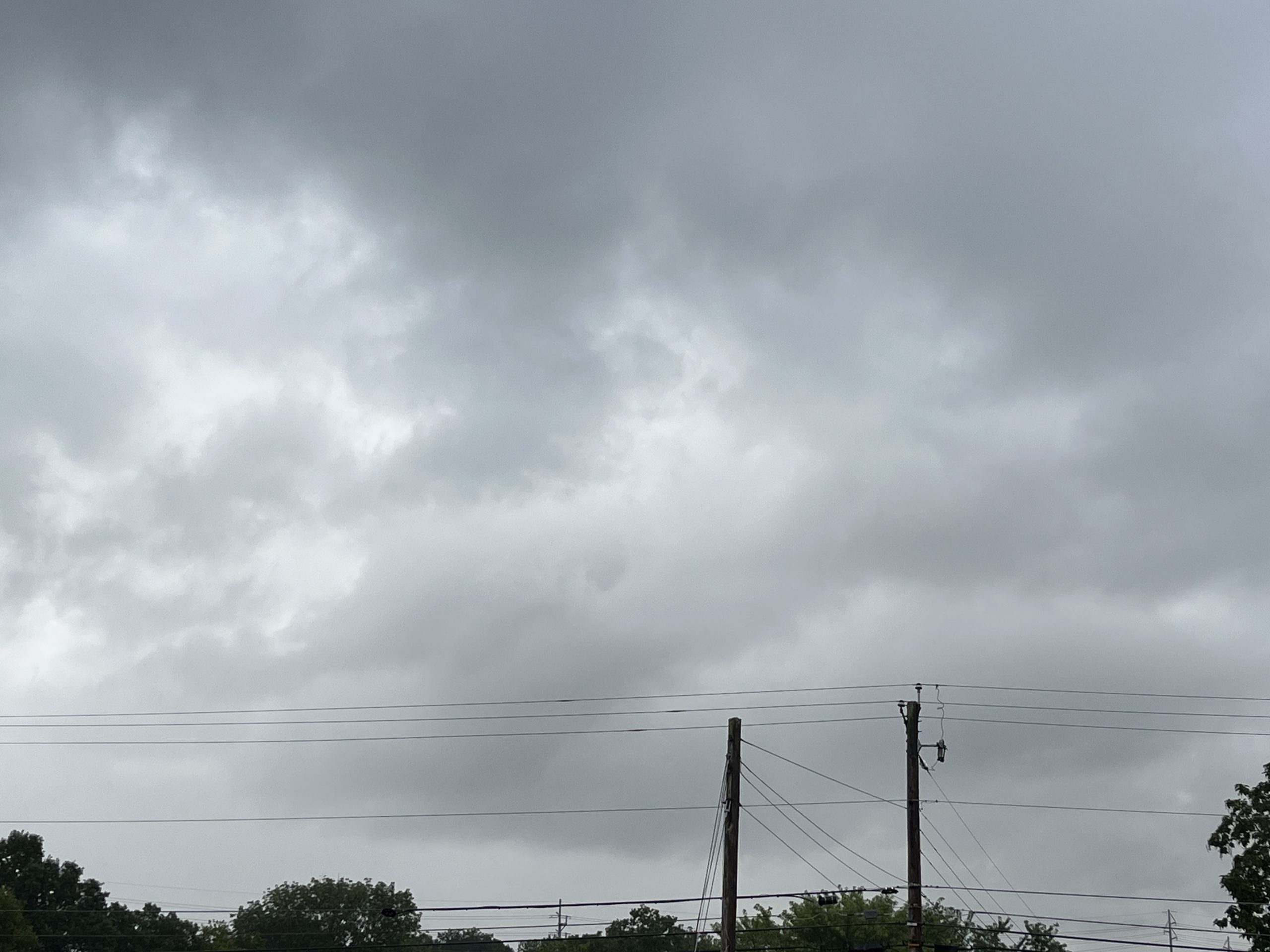
Last Updated on January 19, 2024 by Anne Brock
When Summer Brings Extremes
Summer’s sizzle presents extreme weather challenges to rival deep freezing winter punches to the nation’s power grid. Summer storms can add an extra challenge. What will it take to avoid a grid failure this summer? Those from various corners of the energy sector are working to prevent it. This includes government, utility, industry and technology innovators.
Energy leader Tennessee Valley Authority has made several improvements to avoid a repeat of the 2022 rolling winter blackouts its local power companies and their customers experienced. TVA recorded its “highest 24-hour electricity demand supplied in TVA history – 740 gigawatt-hours,” on December 23 during Winter Storm Elliott. The extreme temperature, speed and intensity of the winter storm pushed forecasters and power suppliers to their limits. In its After Action Report for Winter Storm Elliott, TVA stated it has taken steps to improve resiliency, with everything from better insulation around instrumentation to software updates to evaluating more carbon-free options.
Federal funds are being offered to help state and local entities improve their power grids and the ways they use them. While businesses are seeing generous tax incentives to upgrade their energy infrastructure, nonprofit entities including local communities are offered Direct Pay incentives to do the same thing. They may qualify for a variety of incentives and grants. Get more information on one Grid Resilience program at Energy.gov.
Microgrids Gaining Popularity
In the meantime, microgrid concepts are gaining popularity, in which on-site power production such as solar, along with battery storage and possibly backup generators, are able to provide power locally even if the larger power grid goes down. Local utility companies themselves are exploring the microgrid concept, as are large manufacturers, college campuses and other organizations.
A microgrid is an example of distributed power, meaning power produced on or near the site where it is needed. Distributed power production is most commonly accomplished now through either generators or solar photovoltaic systems. Distributed power is one of the hottest topics now among industry professionals involved with utilities. One challenge is finding the right balance between a centralized distribution system and the ability for at least some electricity to be produced on-site.
Why the Grid is Overdue for Upgrades
Weather extremes are just one reason for concern about future grid outages. Demand is increasing from businesses and homes. The grid is in need of technological updates. As the National Renewable Energy Laboratory (NREL) explains, “The physical grid is aging and overdue for an upgrade. Most of our existing transmission and distribution lines were built in the 1960s, meaning the energy infrastructure of our country is at the end of its 50-year intended lifespan.” See the NREL video here that further explains why We Need Resilient Energy Systems:
Subscribe to Solar Alliance on YouTube and don’t miss a thing!
Building Resilience
By installing solar panels, businesses and homeowners can generate their electricity, reducing their dependence on the grid. During the day, when the sun is shining, excess energy can be fed back onto a battery storage system for later use during a power grid outage or when demand is high. The stored energy can power critical appliances such as refrigerators, freezers, and medical equipment.
Backup generators can also be added to the solar and battery storage system. Backup generators run on propane, natural gas, or diesel fuel and can provide power during extended outages when battery storage is depleted.
Energy independence for homeowners and businesses that reduces reliance on the electric grid could also strengthen that grid to reduce the chance for an outage. Reducing the chance of future blackouts involves multiple members of the local and wider community – being willing to upgrade, diversify and expand energy options.
Manufacturers and other commercial leaders are increasingly turning to Solar Alliance to build on-site solutions to meet evolving energy needs. See one example here.
Local utilities in Tennessee and Kentucky have called on Solar Alliance to design and install Community Solar systems that add another layer of resilience.
Ready to Explore How Solar Can Build Energy Independence and Resilience for You?
